Tire differences are more than tread deep
They’re all round and black, but there’s a reason why tires perform better in some positions and applications than others. Features from tread designs to selected compounds are needed because the tires are tasked with different jobs.
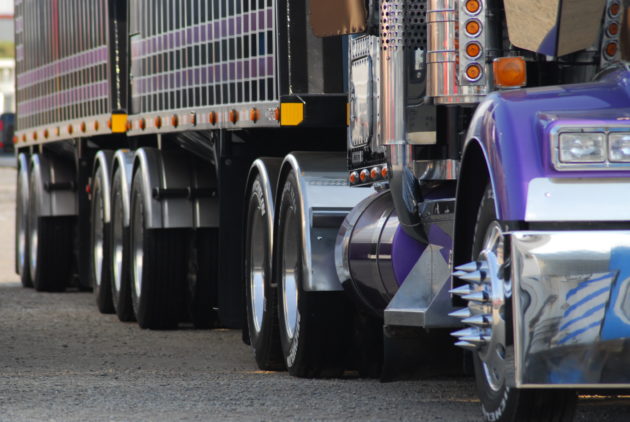
It’s the steer tires’ job to keep the truck heading in the right direction. Drive tires provide traction to get the truck going and keep it moving, while the trailer tires just kind of go along for the ride. That doesn’t mean their job is any easier. They still carry their share of the load and are constantly getting dragged over curbs and scraped across the pavement in tight turns. They take a beating and they are generally ignored by drivers and even maintenance people. Asking one tire design to do all that would be a tall order indeed.
Steer axle tires take driver input to direct the vehicle, and they are working constantly against 16, 20, 24 or more other tires that may all want to go in different directions. They need stiff sidewalls to make cornering maneuvers and to keep the truck straight.
“Steer tires need to be responsive to driver input and provide good handling feel while being comfortable and provide long, even wear,” says Karl Remec, Michelin North America business model leader – regional. “Tires designed for this free-rolling wheel position are generally designed with multiple circumferential grooves, usually referred to [as] a rib tread design that provides water evacuation for wet reaction. They also have siping along the grooves to help promote even wear and often have a sacrificial groove in the shoulder area to help manage the onset of irregular wear across the crown of the tread.”
Steer tires are unique in that they carry the greatest loads on the truck, often up to 2,000 additional pounds each, compared to a drive or trailer tire. Some steer tires are rated for 6,500 to 7,000 pounds and require inflation pressures up to 120 psi in selected cases. Compare that to the other wheel positions that seldom support loads heavier than 4,700 pounds at about 90 psi.
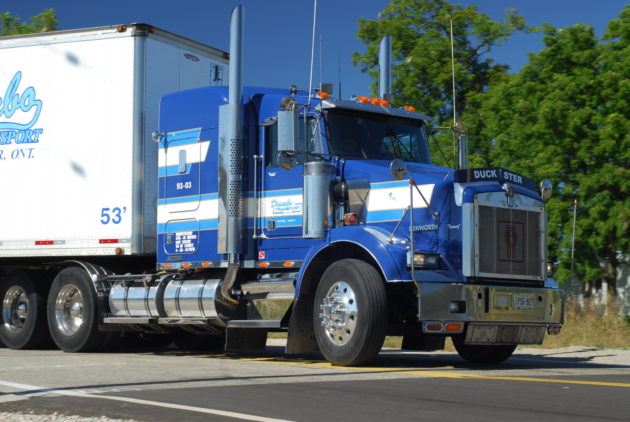
“A steer tire is a free-rolling position and doesn’t have torque applied, so it’s designed to fight the onset of potential irregular wear, especially in highway operations,” notes Remec. “And steer tires in a regional or urban operation that make more frequent and tighter turns require greater scrub resistance through tread designs and rubber compounds.”
Since steer tires are exposed to all sorts of external forces cause by misalignment, bad steering system geometry and other chassis-related abnormalities, they are the most likely to exhibit signs of irregular wear sooner than other wheel positions. Consequently, tire designers try to build in extra resistance to that sort of wear.
Most steer tires in a highway or regional application look very similar, but their internal structures and tread compounds may be quite different across different brands. That’s not the case with drive tires. Tread designs from different manufacturers, all designed for the longhaul market and often with fuel economy and long life as the top features, can be quite different in appearance.
Is one necessarily any “better” than another? The tire makers would certainly like you to believe that. One may have lower rolling resistance and provide an advantage in fuel economy, while another may run more miles to removal.
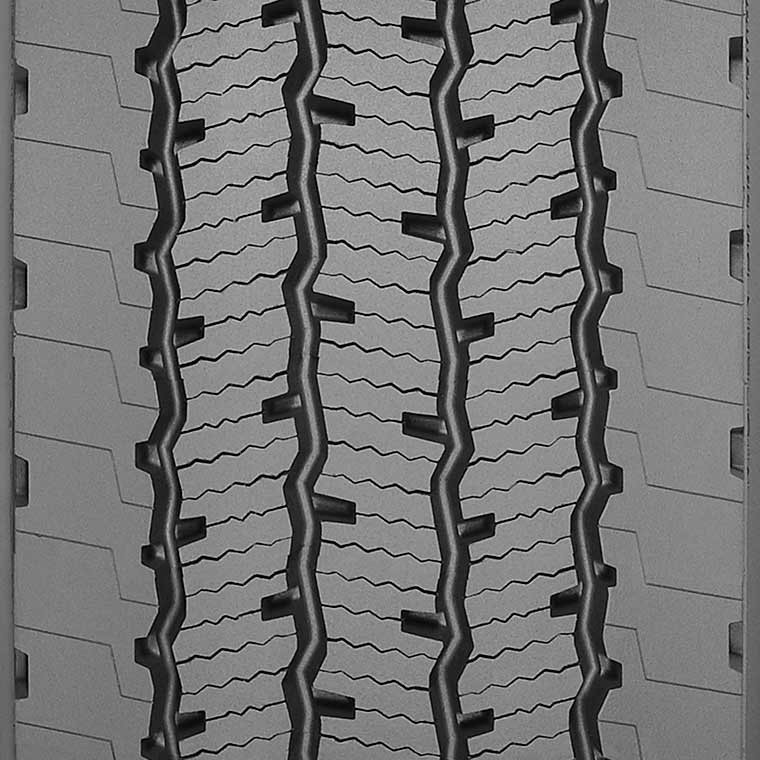
The driving force
Consider three tread designs from three tire makers: Bridgestone’s M713 Ecopia, Goodyear’s Endurance LHD, and Michelin’s X Line Energy D. Different designs lend themselves better to certain applications and exposure to various threats to the tire, such as road surfaces, off-road exposure, turning and braking, even torque from today’s high-output engines. Fleet customers prefer different makes and models for different reasons, but many will say that one tire lasts longer than another or delivers better fuel economy, while another fleet could have exactly the opposite experience.
Take pavement type for instance. Tire experts say concrete is the better surface when it comes to minimizing rolling resistance because it’s less likely than asphalt to flex under load. But because it’s a harder surface, it can be more abrasive to tire rubber. Different levels of exposure to either concrete and asphalt pavement can affect both tire life and relative fuel efficiency.
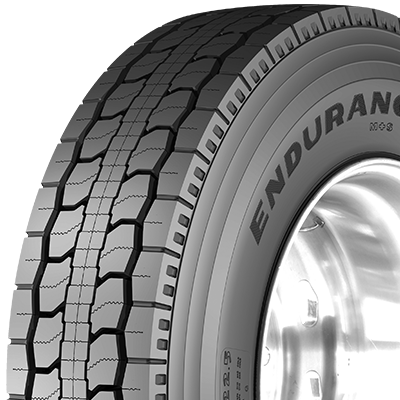
In Canada, where the majority of pavement surface is asphalt, fleets that run exclusively north of the border may choose a different tire than fleets turning many more miles on U.S. Interstate highways, often made of concrete. In other words, two very different tires could be the best performers in these different scenarios.
“Different applications for drive tires require different features,” says Bill Walmsley, Michelin North America product category manager for linehaul. “Drive tires provide the majority of the traction needs, so tires designed for the drive axle wheel position will often incorporate lug-type tread designs — versus rib design on the steer and trailer — and have a relatively deeper tread depth.”
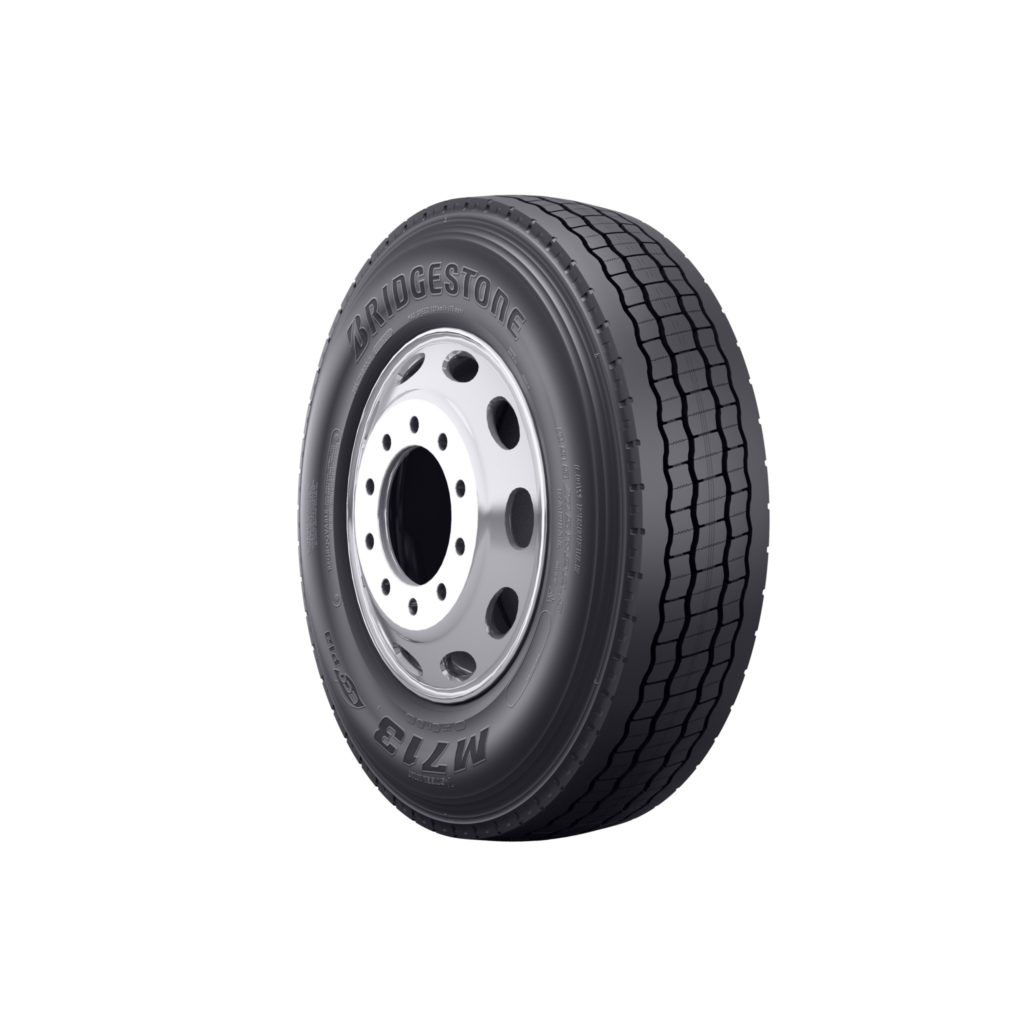
But those lug-type tread designs on today’s most fuel-efficient tires bear some resemblance to rib-type tread designs. The tread blocks are often quite close together and arranged around the tire’s circumference rather than across the tread face. The proximity of the tread blocks prevents them from squirming from side to side as the tire rotates through the contact patch. Such additional movement requires energy that ultimately comes from the fuel tank.
Recent advancements in manufacturing techniques have allowed tire designers to optimize on-road traction with tiny zig-zag grooves called sipes. Previously, building such grooves into tread blocks made it difficult to remove the tire from the curing molds at the end of the manufacturing process. Sipes provide their share of grip, but on a smaller scale than a full tread block. So, some tire makers put lots of sipes in their tires to increase traction without the compromise of more or larger tread blocks.
The tread depth on longhaul drive tires also tends to be shallower for the same reason, as the type of traction required from an on-highway tire is different than regional or off-road designs. A shallower tread usually yields lower rolling resistance, and occasionally fewer miles to removal.
That’s where compound engineering comes into play. Longer-wearing or more resilient compounds, it is claimed, will not wear away as quickly as some of the softer compounds found in high-traction tires.
As well, Walmsley notes that drive tires can also be sensitive to stone retention, so treads are designed to try to ensure the stones are released before any tread or casing damage occurs.
“Drive-axle tires provide the traction, and road adherence required to start and stop the vehicle safely and efficiently in all weather conditions,” says Walmsley. “All of these various design features are designed to help a specific drive tire deliver a combination of better traction and treadwear throughout its life on the drive axle.”
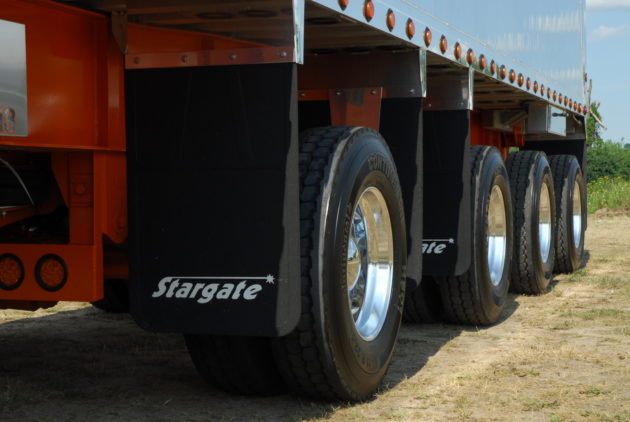
Bringing up the rear
Purpose-built tires for the trailer position are generally rib tires, but the truth is you can find just about any type of tire on a trailer. Fleets often move drive and steer tires to the trailer prior to retreading.
Trailers are often temporary homes for tires suffering nasty irregular wear from their previous position. But due to different combinations of weight and load placement, the trailer wheel position subjects tires to all sorts of irregular wear in its own right. Consequently, trailer tires are designed with a shallower tread depth than steer and drive tires and often incorporate a lot of siping along three or four circumferential tread grooves. Some linehaul trailer tires that experience slow wear rates also include a shoulder groove to help promote even wear.
“Trailers are free-rolling wheel position, so those tires are designed to fight the potential onset of irregular wear,” says Walmsley. “Tires designed for the free-rolling trailer axles may look similar to their cousins on the steer axle, but they take a lot of curbing, so sidewalls should have features that help protect the casing from damage.”
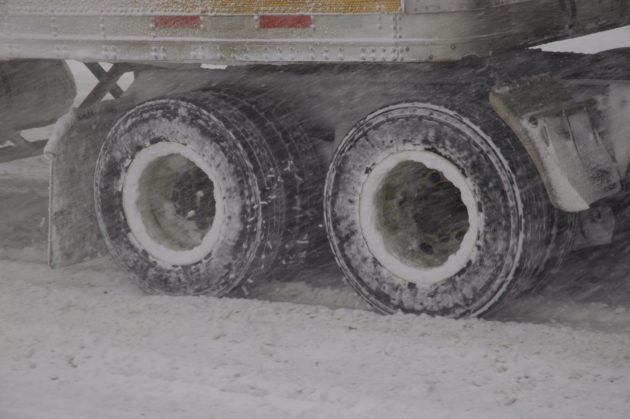
All that and winter, too
In Canada, we also have winter to contend with, when fuel efficiency takes a back seat to traction for many fleets. It’s rare for fleets to switch out more fuel-efficient tires for “winter” tires with a greater traction because of the cost, but it happens in some parts of the country. Other fleets see the trade of as manageable, erring on the side of traction year ’round.
Cooper Tire recently unveiled the Work Series AWD (all weather drive) tire for regional and on-highway applications. It looks remarkably like an on-highway drive tire, but it adds several elements designed specifically for enhanced winter traction, such as 26/32nds of tread depth, staggered tread blocks with zig-zag edges, and full-depth 3D siping. It also has the “Three Peak Mountain Snowflake” designation, which means that it has proven superior snow traction.
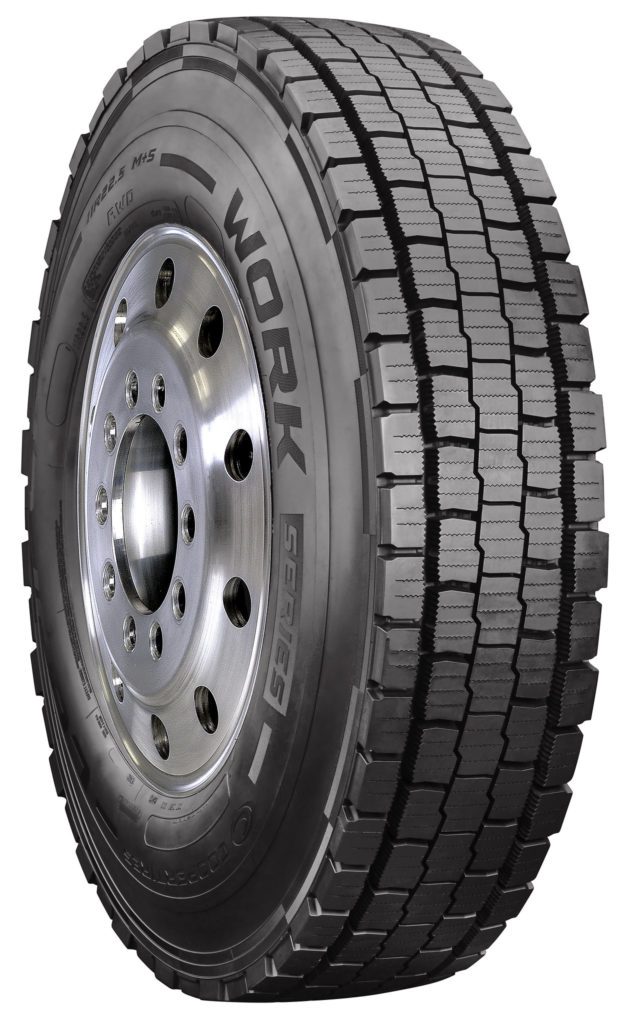
“When we develop a new tire, we normally come up with different tread patterns and compounds,” says Phil Mosier, Cooper Tire’s manager of commercial tire development. “It was no different here. Our first testing phase had two different tread designs, one with more ‘longhaul’-type features and the other with a more ‘regional’ look to it. During testing we discovered our best performing tire would be a combination of the two.”
Truck tire design is a balance of many factors, such as traction or grip, wear rates, retreadability, endurance and rolling resistance for fuel economy. Tire makers always speak of the tradeoffs between traction, miles-to-removal and rolling resistance. And in previous years truck tires tended to be optimized for one, sometimes two of the three. Today’s top-tier tires are likely to very good in all three categories thanks to advances in rubber compounding and tread design.
Fleets still find that certain tires do better than others in certain applications under certain conditions. That’s why tires designed for the same purpose can look quite different.
Have your say
This is a moderated forum. Comments will no longer be published unless they are accompanied by a first and last name and a verifiable email address. (Today's Trucking will not publish or share the email address.) Profane language and content deemed to be libelous, racist, or threatening in nature will not be published under any circumstances.
But the D.o.t. dosen’t let you make the most of tires. They require full rated pressures. Giving tickets for tires at 90 psi, even when manufacturers specks call for 85 to 120